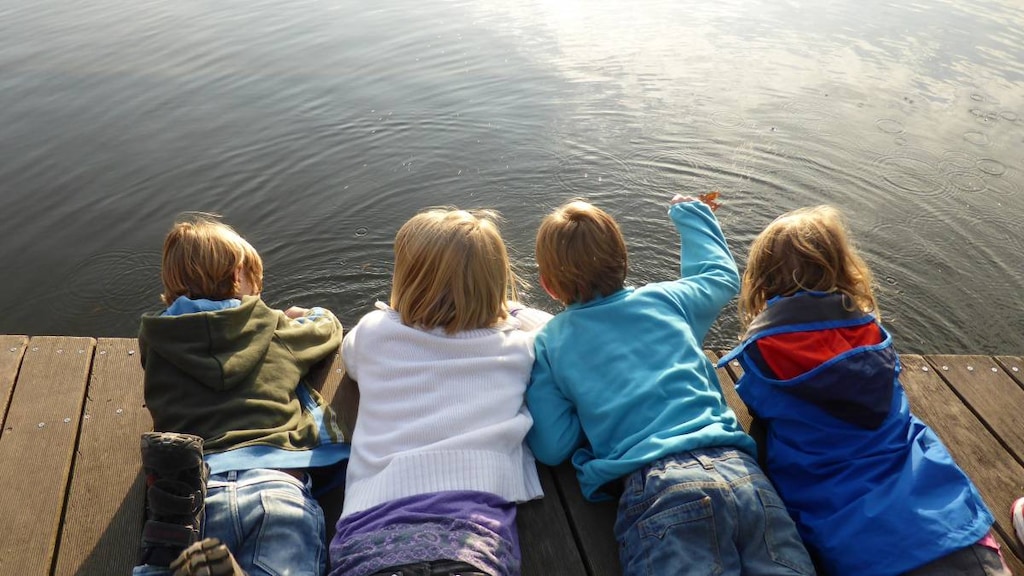Dosage Forms
Excipient information presented when available (limited, particularly for generics); consult specific product labeling.
Cream, External:
Soolantra: 1% (30 g, 45 g) [contains cetyl alcohol, edetate disodium, methylparaben, propylene glycol, propylparaben]
Generic: 1% (45 g)
Lotion, External:
Sklice: 0.5% (117 g) [contains methylparaben, propylparaben]
Pharmacology
Mechanism of Action
In pediculosis capitus treatment, ivermectin is a semisynthetic anthelminthic agent; it binds selectively and with strong affinity to glutamate-gated chloride ion channels which occur in invertebrate nerve and muscle cells. This leads to increased permeability of cell membranes to chloride ions then hyperpolarization of the nerve or muscle cell, and death of the parasite.
In rosacea treatment, the mechanism of action is unknown.
Pharmacokinetics/Pharmacodynamics
Metabolism
Metabolized hepatically by CYP3A4
Time to Peak
Cream: ~10 hours post application
Half-Life Elimination
Cream: ~6.5 days
Protein Binding
>99%
Use: Labeled Indications
Head lice (Pediculus capitis) (Sklice lotion): Treatment of head lice infestations in patients 6 months and older.
Rosacea (Soolantra cream): Treatment of inflammatory lesions of rosacea in adult patients.
Contraindications
There are no contraindications listed in the US manufacturer's labeling.
Canadian labeling: Hypersensitivity to ivermectin or any component of the formulation.
Dosage and Administration
Dosing: Adult
Head lice: Topical: Lotion: Apply sufficient amount (up to 1 tube) to completely cover dry scalp and hair; for single-dose use only.
Rosacea: Topical: Cream: Apply to each affected area (eg, forehead, chin, nose, each cheek) once daily.
Dosing: Geriatric
Refer to adult dosing.
Dosing: Pediatric
Head lice: Topical: Lotion (Sklice): Infants ≥6 months, Children, and Adolescents: Apply sufficient amount (up to 1 tube) to completely cover dry hair and scalp; for single use only
Administration
Topical lotion: For external use only. Apply to dry scalp and hair closest to scalp first, then apply outward towards ends of hair; completely covering scalp and hair. Leave on for 10 minutes (start timing treatment after the scalp and hair have been completely covered). The hair should then be rinsed thoroughly with warm water. Avoid contact with the eyes. Nit combing is not required, although a fine-tooth comb may be used to remove treated lice and nits. Lotion is for one-time use; discard any unused portion. Ivermectin should be a portion of a whole lice removal program, which should include washing or dry cleaning all clothing, hats, bedding, and towels recently worn or used by the patient and washing combs, brushes, and hair accessories in hot soapy water.
Topical cream: For external use only. Not for use in the eye, mouth or vagina. Wash hands with soap and water prior to application and after application. Apply a pea-size amount as a thin layer on each affected area (eg, forehead, chin, nose, each cheek).
Storage
Store at 20°C to 25°C (68°F to 77°F); excursions permitted between 15°C to 30°C (59°F to 86°F). Lotion: do not freeze.
Drug Interactions
There are no known significant interactions.
Adverse Reactions
1% to 10%:
Central nervous system: Localized burning (≤1%)
Dermatologic: Skin irritation (≤1%)
<1%, postmarketing, and/or case reports: Allergic dermatitis, conjunctivitis, contact dermatitis, eye irritation, ocular hyperemia, seborrheic dermatitis of scalp, xeroderma
Warnings/Precautions
Other warnings/precautions:
- Appropriate use:
Topical lotion: For topical use on scalp and scalp hair only; avoid contact with eyes. Wash hands after application.
Topical cream: Not for oral, ophthalmic, or vaginal use; avoid contact with eyes and lips. Wash hands after application.
Monitoring Parameters
Lotion: Monitor scalp for live lice.
Pregnancy
Pregnancy Risk Factor
C
Pregnancy Considerations
Adverse events have been observed in animal reproduction studies following oral administration. Although use in pregnancy is likely low risk, other agents are currently recommended for the treatment of pediculosis pubis or scabies in pregnant women (CDC [Workowski 2015]).
Patient Education
What is this drug used for?
- It is used to treat head lice.
- It is used to treat rosacea.
Frequently reported side effects of this drug
- Dry skin
- Eye irritation
Other side effects of this drug: Talk with your doctor right away if you have any of these signs of:
- Severe burning
- Severe skin irritation
- Signs of a significant reaction like wheezing; chest tightness; fever; itching; bad cough; blue skin color; seizures; or swelling of face, lips, tongue, or throat.
Note: This is not a comprehensive list of all side effects. Talk to your doctor if you have questions.
Consumer Information Use and Disclaimer: This information should not be used to decide whether or not to take this medicine or any other medicine. Only the healthcare provider has the knowledge and training to decide which medicines are right for a specific patient. This information does not endorse any medicine as safe, effective, or approved for treating any patient or health condition. This is only a brief summary of general information about this medicine. It does NOT include all information about the possible uses, directions, warnings, precautions, interactions, adverse effects, or risks that may apply to this medicine. This information is not specific medical advice and does not replace information you receive from the healthcare provider. You must talk with the healthcare provider for complete information about the risks and benefits of using this medicine.
